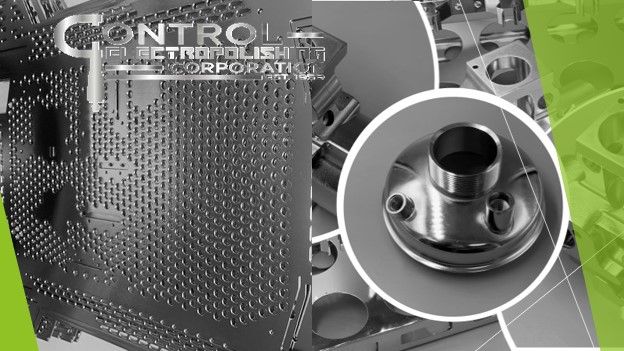
A Brief History of Electropolishing For decades, the electropolishing finishing option has serviced customers in pursuit of all their endeavors, regardless of the type or purpose of the metal project. Among the industries that utilize electropolishing are architectural, brewery and beverage, medical and surgical, pharmaceutical, and the fine arts. What Is Electropolishing? Defined by Britannica […]
A Brief History of Electropolishing
For decades, the electropolishing finishing option has serviced customers in pursuit of all their endeavors, regardless of the type or purpose of the metal project. Among the industries that utilize electropolishing are architectural, brewery and beverage, medical and surgical, pharmaceutical, and the fine arts.
What Is Electropolishing?
Defined by Britannica as “the electrochemical process of smoothing a metallic surface,” the electropolishing process is first referenced in history as early as 1907 across the world in Europe, say metalworking scholars.
Known as electrolytic polishing, or electrochemical polishing, and commonly described as the opposite of electroplating, electropolishing is more specifically the electrochemical process that removes material from a metallic workpiece in order to polish, passivate, and deburr metal parts. In lieu of abrasive fine polishing for microstructural preparation, electropolishing can be used on most varieties of stainless steel and other alloys.
A Brief History
The term “electropolishing” was first mentioned in Germany in the early twentieth century, as the following excerpt from a paper by Florence Irene Metz of Iowa State University:
The earliest mention of electrolytic polishing was by Buetel who, in 1907, observed a satin-like finish on gold in an acid bath. The first investigator who realized the potential significance of such a brightening process was the German chemist Spitalsky, who, in 1910, was issued a patent for a cyanide brightening process for gold, silver, and other metals. One of his electrolytic solutions, a silver nitrate-potassium cyanide solution is essentially the same electropolishing solution used commercially on silver today.
For a decade, developments in electrolytic processes were slow until, in the late 1920s, the steel industry discovered the effects of sulfuric acid and phosphoric acid, which could brighten the surface of steel, as well.
The electropolishing process that most closely resembles that of today can be attributed to French engineer, Pierre A. Jacquet. According to Metz, Jacquet discovered in 1929 “that very fine copper wire anodes were polished when electrolyzed in a solution of phosphoric and perchloric acids in organic solvents.”
Electropolishing by Control
With over six decades of experience, the Control Electropolishing team is dedicated to providing our customers with the high quality services to suit their metal project goals. Contact us today to learn even more about the electropolishing process.